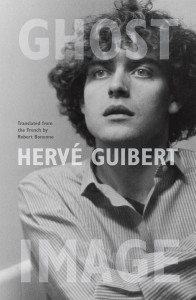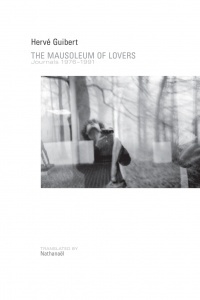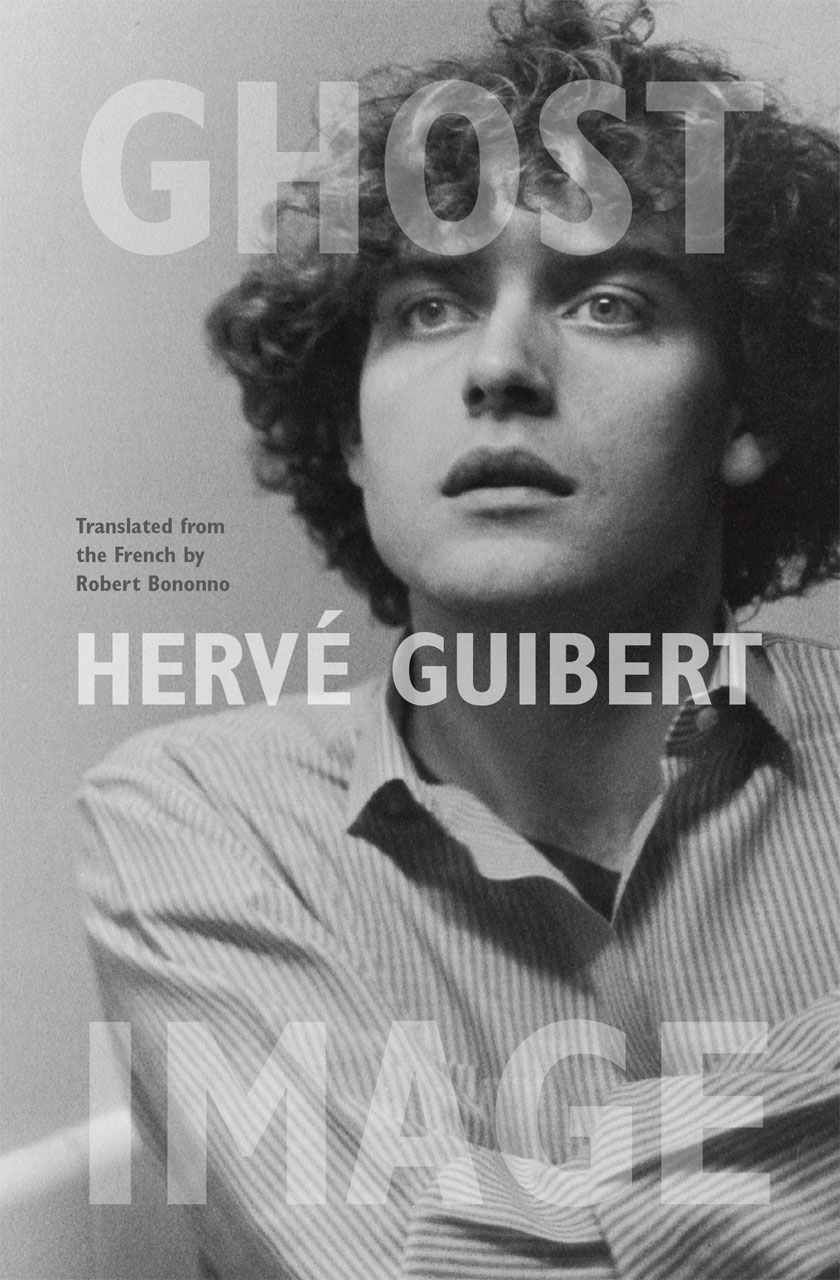 Ghost Image
Ghost Image
by Hervé Guibert
Translated by Robert Bononno
Chicago. 160 pages, $18.
 The Mausoleum of Lovers: Journals 1976-1991
The Mausoleum of Lovers: Journals 1976-1991
by Hervé Guibert
Translated by Nathanaël
Nightboat Books. 574 pages, $19.95
THESE TWO BOOKS provide excellent examples of Hervé Guibert’s talent and style. A French writer and photographer who died from AIDS in 1991 at the age of 36, Guibert drew much of his work from his own life and his love of photography. He was especially interested in the surprising effects photographs can produce on people, not just on the subject and observers but also on the photographer as well. He turned his journals into material for his fiction. Reading the source for his work, however, can often be a challenge, and readers unfamiliar with Guibert’s life may find it tough going.








Discussion1 Comment
Where there is ID, there shall be EGO: Hervé defies Freud, forcing both parts (Ego and Id) of the mind to coexist, hand in glove, in a reason and logic-defying examination of our human fears of death, our hidden fantasies, and forbidden wishes. Hervé’s outrageous output is a one-man Salon des Independents, with exquisite emotional sensitivity, self-relation, and breaking down the barriers between sanity and psychosis: our own and his, if we have the courage to follow his footfalls.
With Hervé blunt, unfiltered writings and musings, forcing the reader to absolutely defy judgement and censure, holding one’s feet-to-the-fire, devour, integrate, and identify with his musings, it is a dose of medicine that cures that which suffocates.
Does the head know that it has been severed after the couperet falls? Hervé’s output are the musings of the condemned’s thoughts during the fall of the blade-to-neck: astonishing courage. Hervé does not parade his beignet, this is just who he is, and that is an inspiration